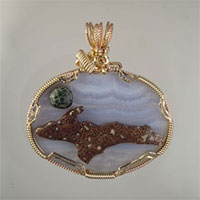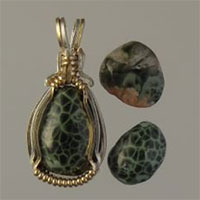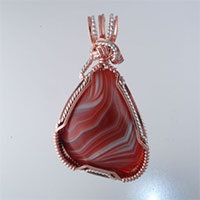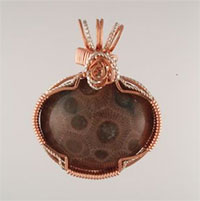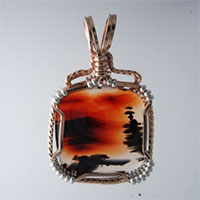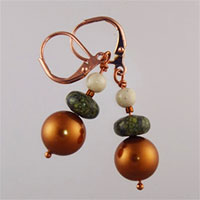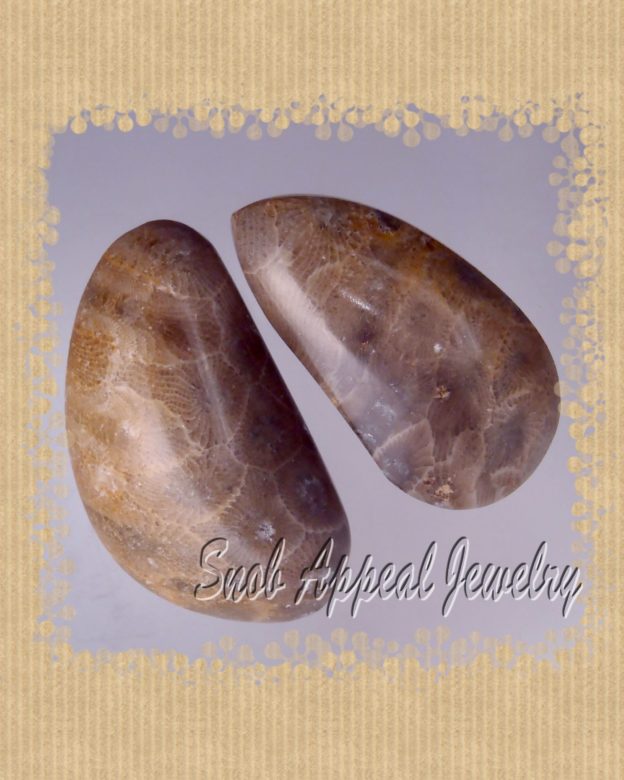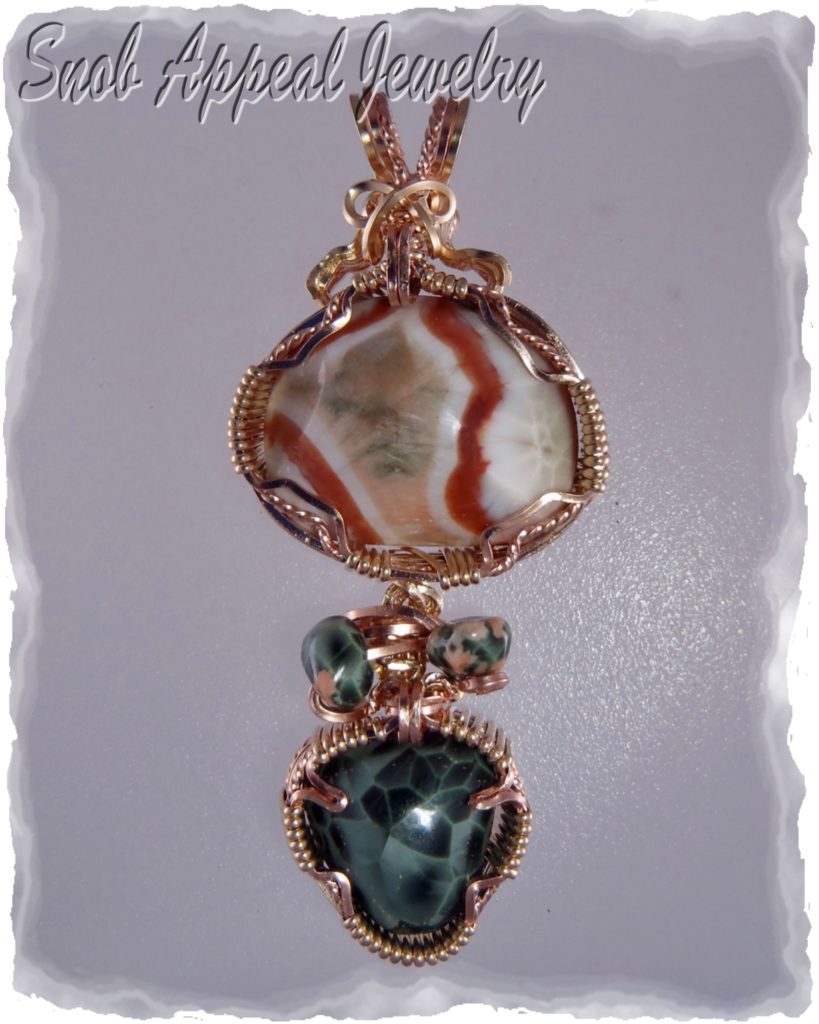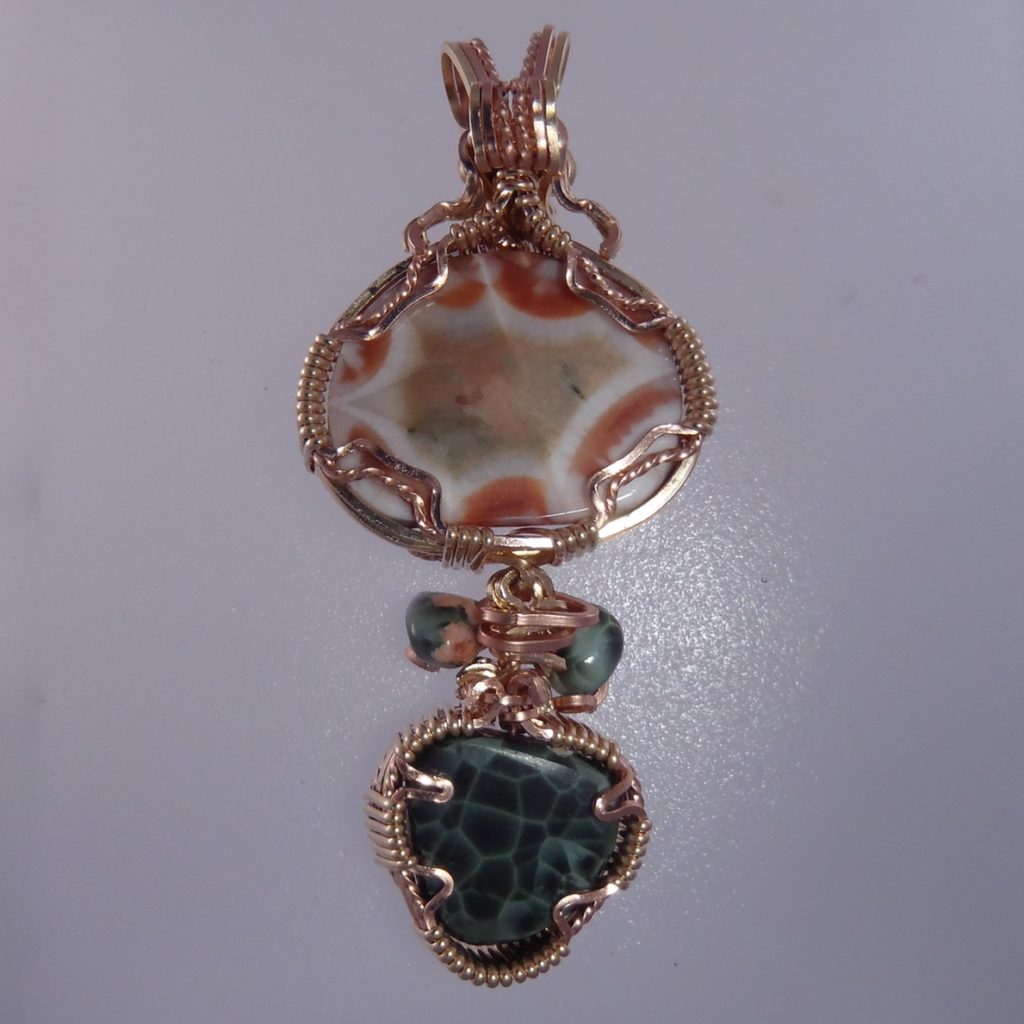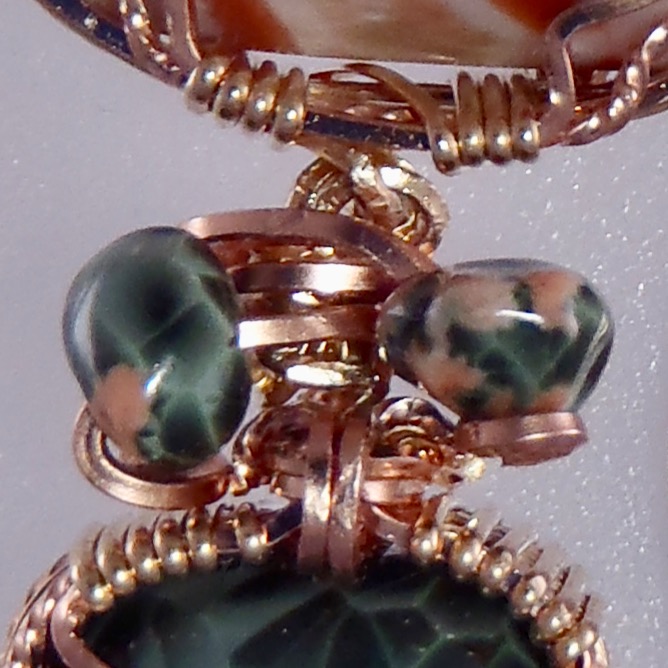Legal Terms you need to Know
Definitions: A Bill is a Legislative Proposal offered for debate before its enactment.
An Act is a Statute, law. or a decision by a Legislative Body.
An Enrolled House Bill is the final copy of a bill or joint resolution that has passed both houses of congress in identical form. An Enrolled House Bill is the document that is eventually signed by the Governor. This is important. I have seen online Posts identifying HB 2297 as the bill that made Petoskey Stones the State Stone of Michigan, but Act No. 89, Public Acts of 1965 is the Legal Authority that made the Petoskey Stone Michigan’s Official State Stone.
All the stones featured in this blog are, or contain Petoskey Stone. Color, Pattern, or Species make no difference. They are all our Official State Stone.
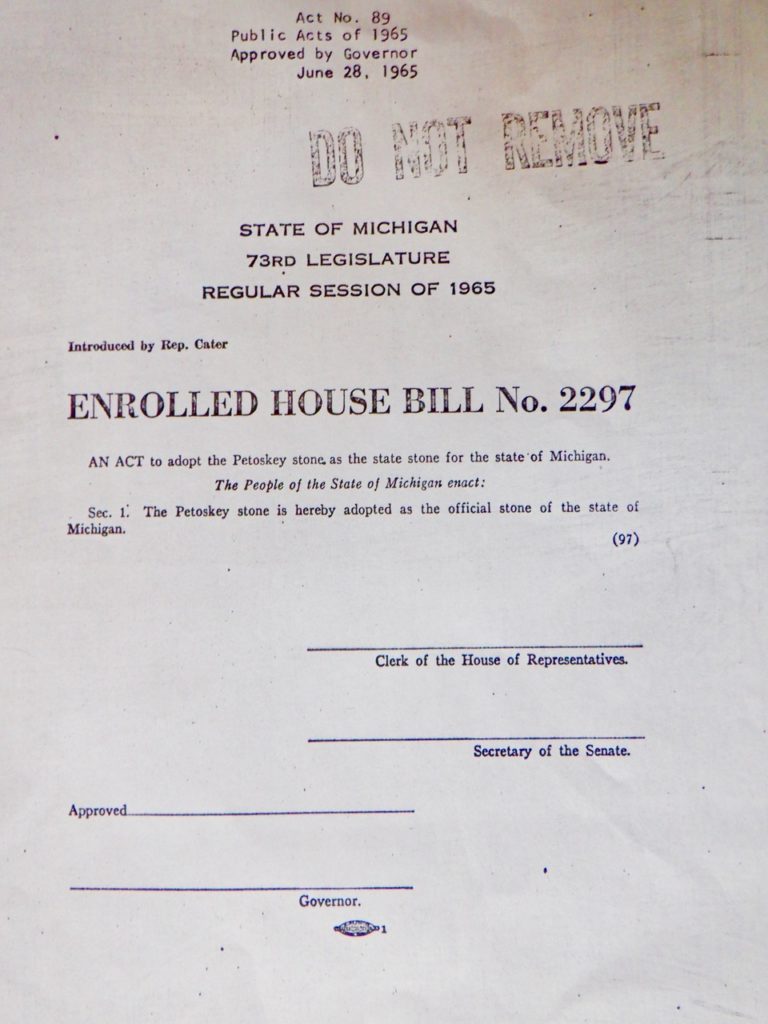
History of Legislation
In 1965 a bill was authored by Representatives- Eugene R. Cater-Ludington and Stanley Powell-Ionia (that being HB2297). This bill was to make the PETOSKEY STONE the official State Stone of Michigan. The legislature passed rapidly through to the Governor’s desk. Act No. 89, of Public Acts of 1965 was signed by Governor Romney on June 28, 1965. This Act made the Petoskey Stone Michigan’s Official State Stone. The Act simply states that the PETOSKEY STONE is the Official State Stone of Michigan. There was no mention of one specific species of Hexagonaria being Michigan’s State Stone. In 1965 there were at least 7 recognized species of Hexagonaria. Now there at at least 9 recognized types of Hexagonaria. By making Act No. 89 general in nature, the Act still applies to newly identified species. There have never been any amendments to Act No. 89, according to State Archives.
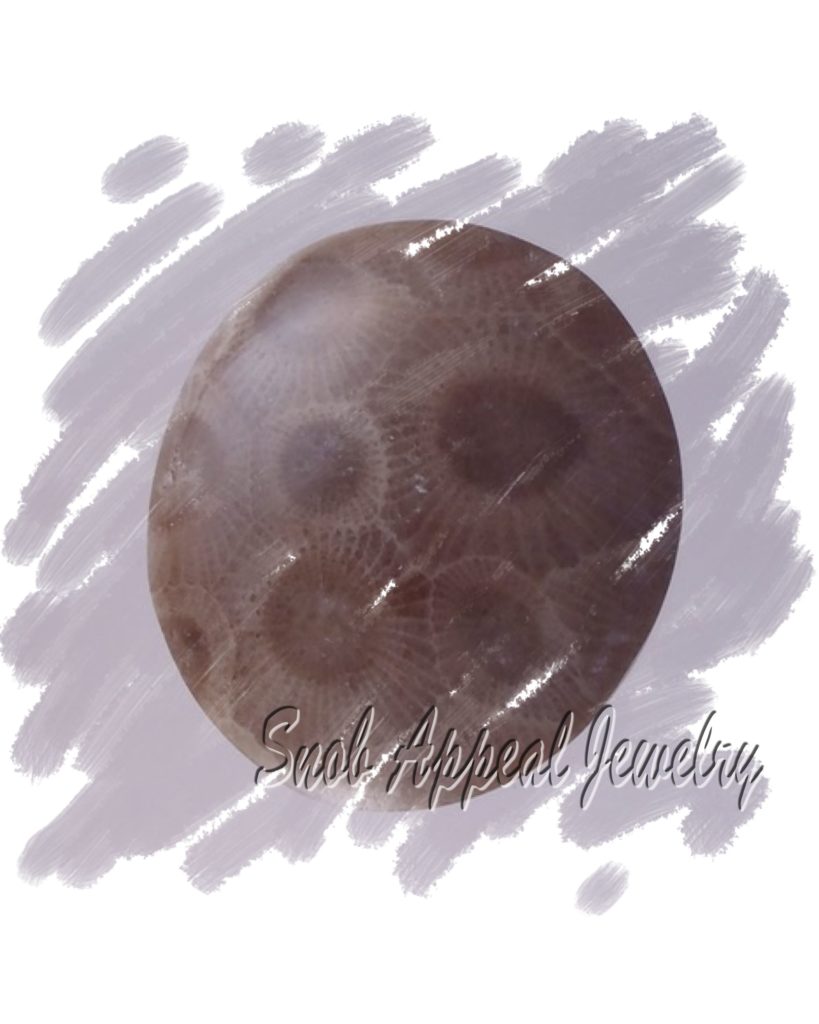
Prior to retirement, I enforced State Laws for 40 years. I have been involved with writing legislation and testifying before a State committee on a couple proposed Bills, helping write one of them. I’m well versed in how the government works, and how Acts and laws are passed. You cannot read into State Legislation what is not there, and this seems to be the case with Act No. 89, PA 1965, where various people; a lot of people; have added information that is not present in the law or Act itself.
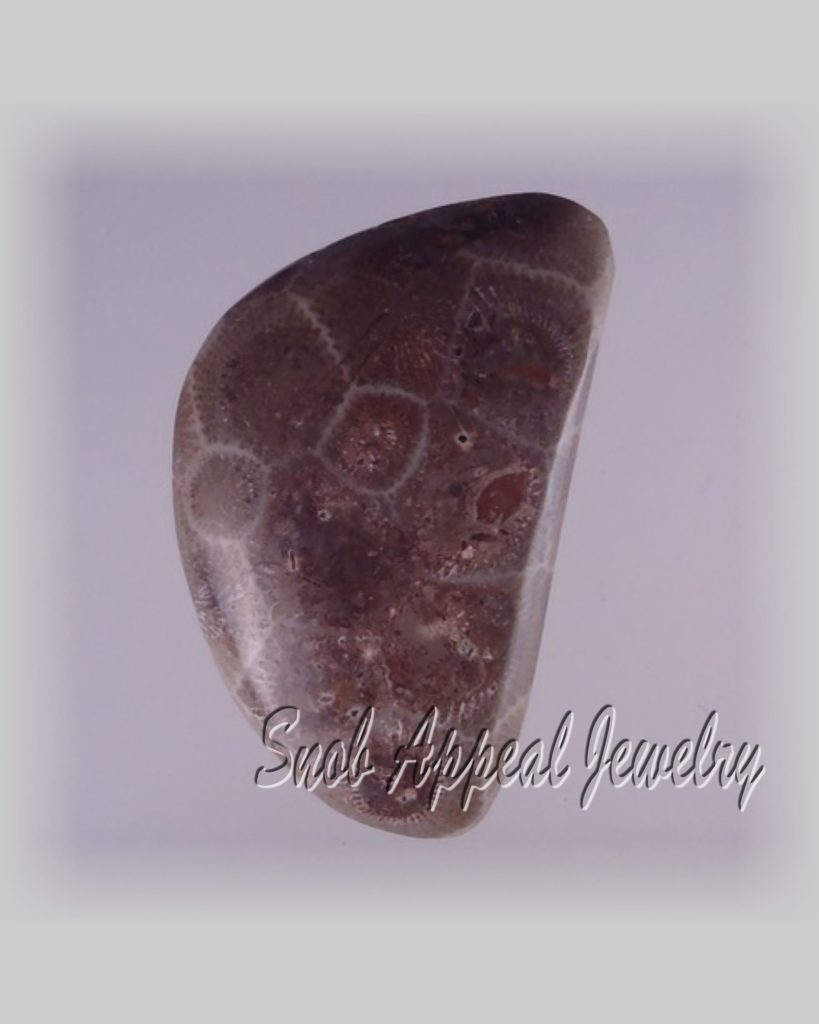
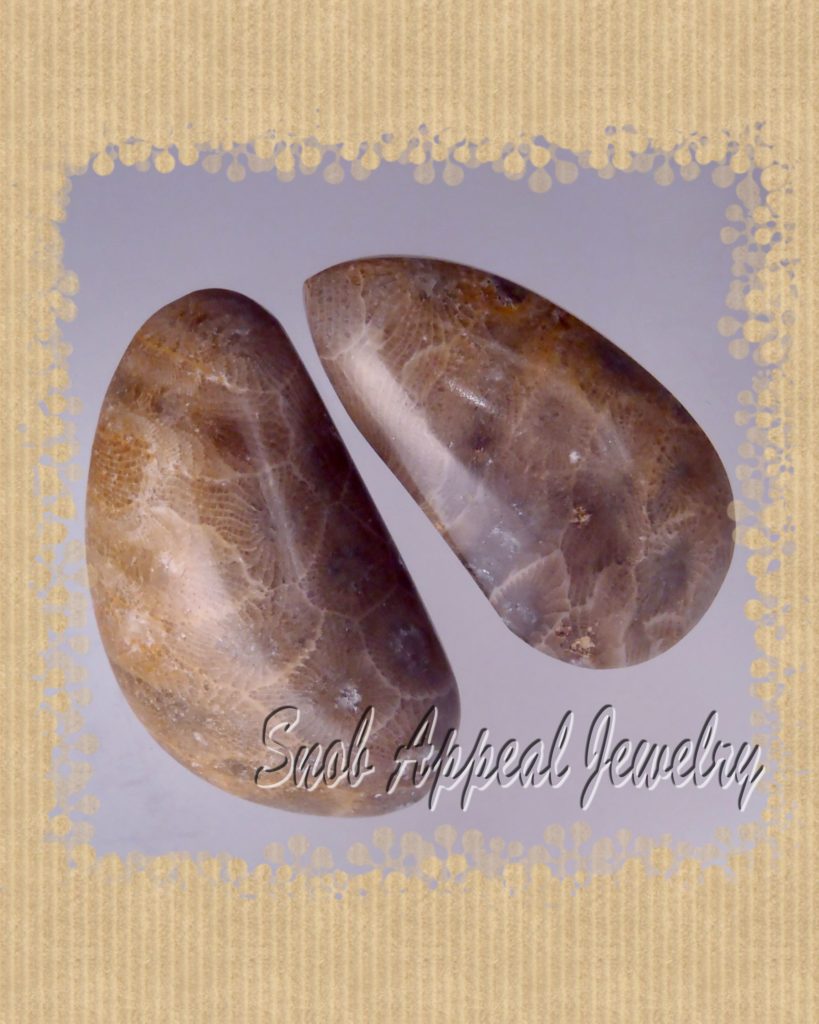
Some Things About the Author
I admit that even though I have hunted thousands of pounds of Petoskey Stones over 50 years or so, and sold thousands of pounds of them, I am still not good enough to identify specific species of them. I can pretty much ID a Hexagonaria percarinata because it’s the most common Petoskey Stone I find, and Hexagonaria anna because it’s very large, but the other Hexagonaria usually stump me. To me, as with most, finding a Petoskey Stone is good enough. An article I co-wrote with Dr. George Robinson in Rocks and Minerals (May/June 2013, Vol 88, No. 3) introduced Pink Petoskey Stones to the world. A pink Petoskey that I found and donated to the A.E. Seaman Mineral Museum is now on display in their Michigan Fossil Case.
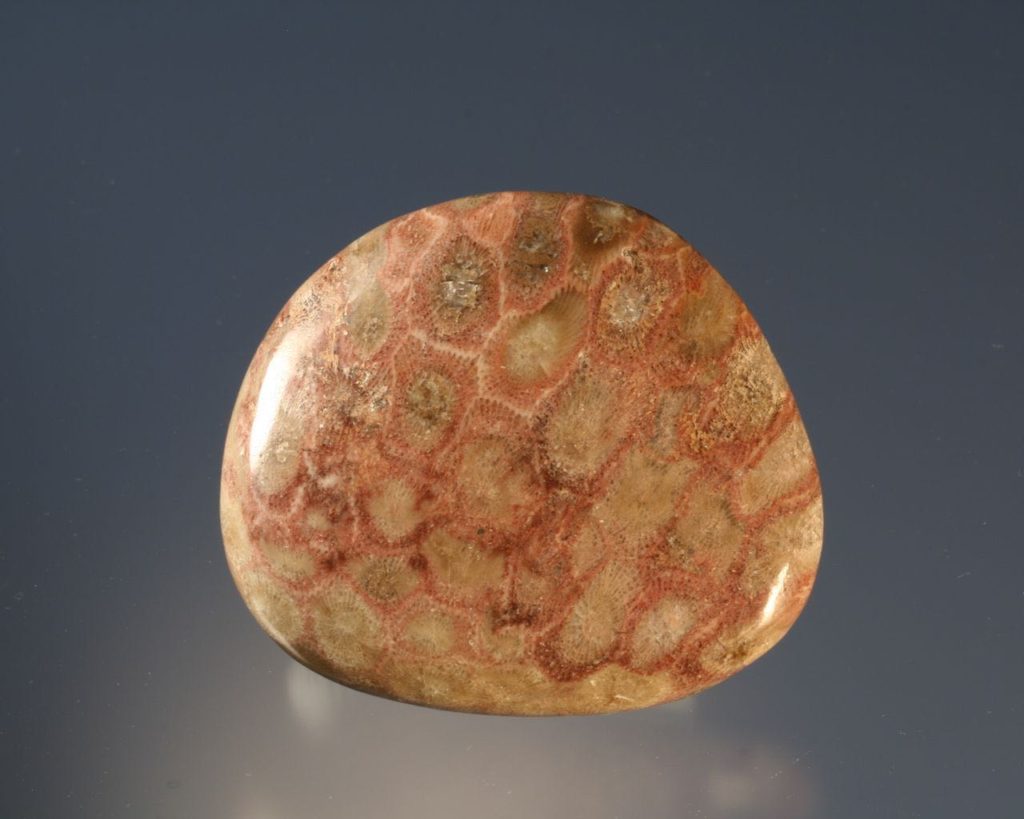
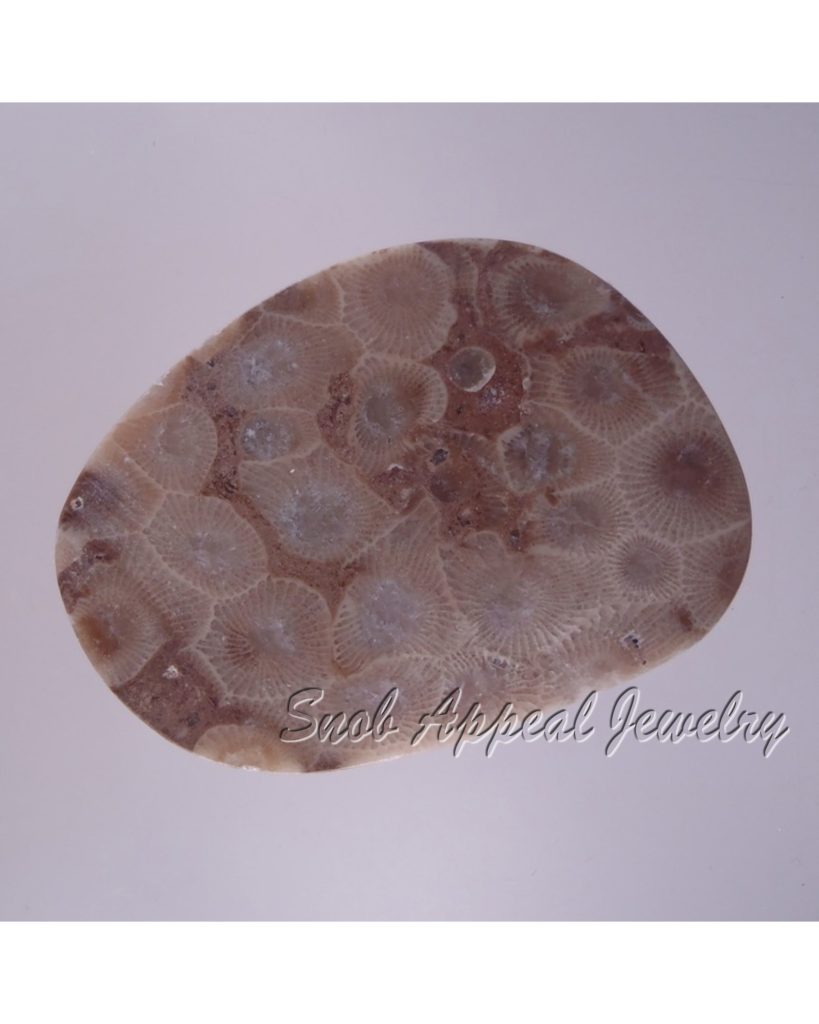
About Petoskey Stones
Some think a Hexgonaria does not become a Petoskey Stone until it has been polished, but commonly the rough waterwashed stones are called Petoskey Stones. The intent of Act 89 was clearly to include the stones people find in random Michigan locations. Some refer to Hexagonaria from other states and localities around the world, as Petoskey Stone. Very simply, the Act NEVER mentions that a particular species of Hexagonaria was the Official State Stone. The bill simply states that the Petoskey Stone is Michigan’s Official State Stone. Most people liked the general nature of Act 89. If you found a Petoskey Stone (Hexagonaria), no matter what species, you still can claim you found an Official State Stone, giving you a happy time feeling. I, as well as most Petoskey Stone Hunters believe that if you find a Michigan fossil of colonial coral with six sides, it’s a Petoskey Stone. This is not really the case, but close enough for me.
In the Geology of Michigan (John A. Dorr, Jr., c1970) he states “Colonial coral fragments eroded from these rocks (the ledges and Devonian Age Reefs) often are found along the beaches of lakes in the Lower Peninsula. When polished by the abrasive action of the waves, these are called “Petoskey stones”.”
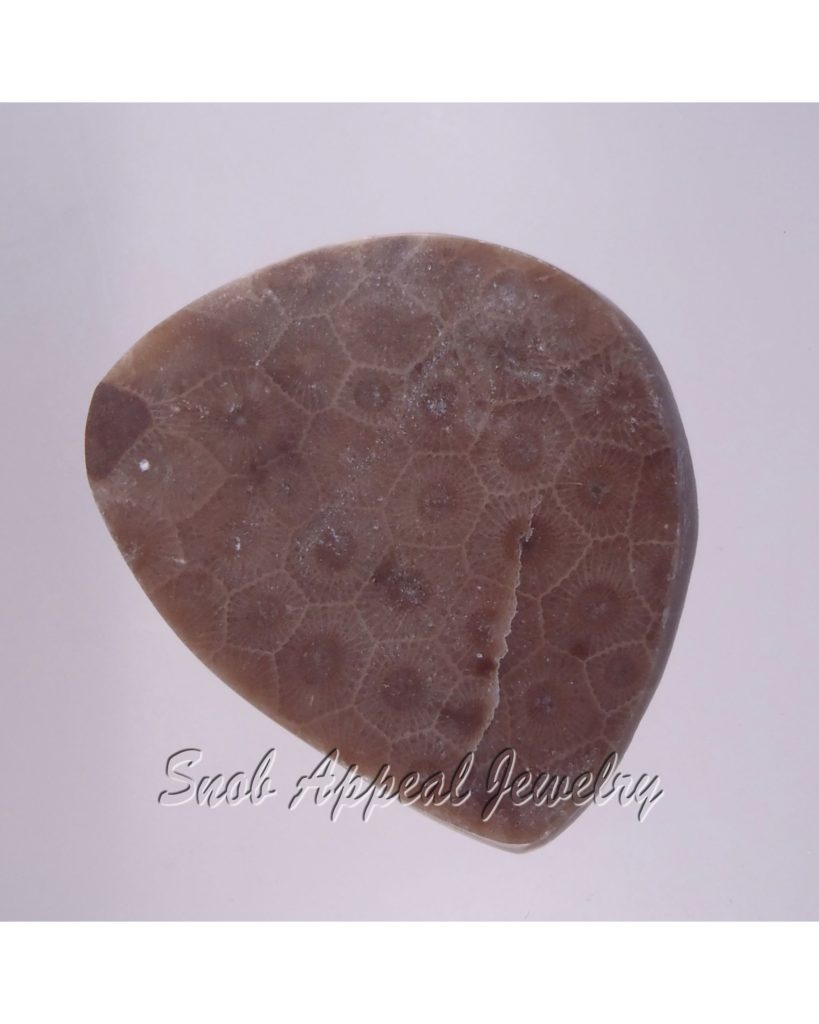
Dr. Stumm’s Position
The suggestion that Hexagonaria pericarnata be Michigan’s State Stone. was made by Dr. Erwin C. (Win) Stumm in 1969 (4 years after the State Act was signed into law). Dr. Strumm made this distinction based on his extensive knowledge of fossils. He knew that percarinata was the most common Hexagonaria found in Michigan. Dr. Strumm died on April 24, 1969. He was undoubtedly the leading expert in the world on Devonian Invertabrate fossils at that time. A paper published in 1970, after Stumm’s death. You can read his Corals of the Traverse Group of Michigan Part 13 Hexagonaria and see photos of various species. This is a heavy duty scientific paper.
In the paper, Stumm writes “Hexagonaria percarinata is the famous Petoskey Stone adopted by the legislature as The State Stone of Michigan”. Could it be that Stumm did not know what the State Act said? It was too late to ask him by the time his paper was published.
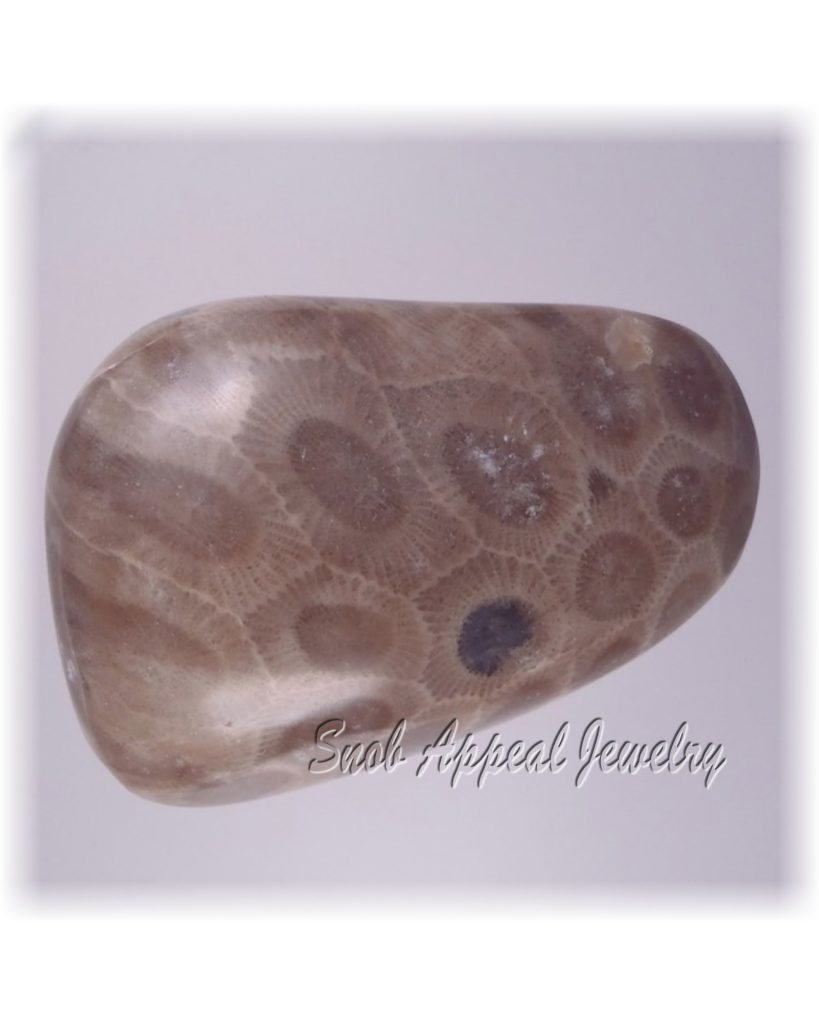
This was all well and good, that Dr Stumm suggested Hexagonaria percarinata was the state stone, but Dr. Stumm did not have the legal authority to change State Legislation. ONLY a lawmaking body can make changes in already passed State Legislation. Act No. 89 of Public Acts of 1965 was never amended. Off and on people have suggested that the historical and common term of Petoskey Stone be more clearly defined. I do not think it should. Take a look at the photos in his paper. Would you know the difference in species, when you pick up a Petoskey Stone?

Act 89 has never been changed, therefore the Petoskey Stone remains Michigan’s Official State Stone designation-NOT Hexagonaria percarinata. People have been told, by so called experts, that what they found was NOT a Petoskey Stone, because it was not a Hexagonaria percarinata. Is Hexagonaria percarinata a Petoskey Stone? Yes it is; but so are many other Hexagonaria species.
Just because Stumm stated that Hexagonaria percarinata was his selection as the State Stone, it did not make it so. Shortly after Stumm made his statement, false information started to appear that somehow Hexagonaria percarinata became the Official State Stone. Not the case friends, no change in the law took place.
Today, you may read on the web; Petoskey Stone-(Hexagonaria percarinata) this and Petoskey Stone-(Hexagonaria percarinata) that, whenever Michigan’s State Stone is mentioned. The term (Hexagonaria Percarinata) always seems to be in parenthesis, following Petoskey Stone on the web, and in print. I’ve never seen an Official State document that has parenthesis in it. This is a dead giveaway that someone just added this information later. In a legal document. parenthesis are never used. It is impossible to track down when exactly placing (Hexagonaria Percarinata) after Petoskey Stone became common practice, but it did.
I really think it is way too late to do anything about the proliferation of mis-information on the web, and many other places, but certainly the facts are the facts. I come from a prior life of Incident Reports, legal docs, Investigations,and facts. (“Just the facts, ma’am.”) If you can convince me I’m incorrect in what I write, feel free to let me know.
If someone tells you that Hexagonaria percarinata is the State Stone, You are welcome to show the copy of Act 89, PA 1965 that is posted in this blog. Ask them where in this Michigan Act, it says anything about Hexagonaria percarinata?
Some of you may doubt what I have written is true, but the evidence and facts are readily available. Check the facts yourself. It’s unfortunate so many people believe what they read on the Internet without checking the facts.
Visit our Petoskey Stone jewelry page for some fun browsing
Suggested Petoskey Stone reading: https://www.michigan.gov/documents/deq/ogs-gimdl-GGPS_263213_7.pdf A DEQ Document that pretty much spells things out.
http://geo.msu.edu/extra/geogmich/petoskystone.html Nice picture of unpolished Petoskey Stone specimen next to a polished stone.


